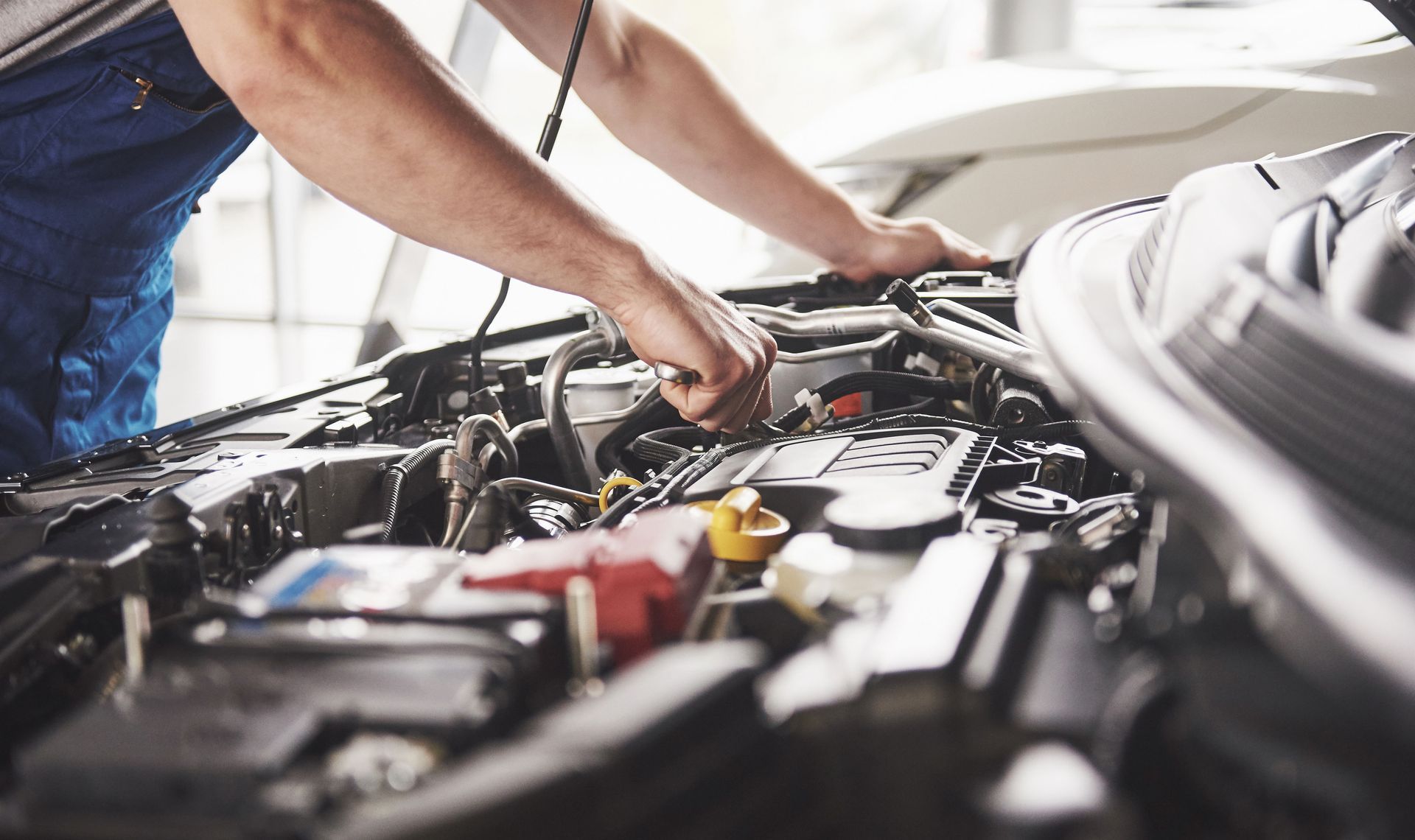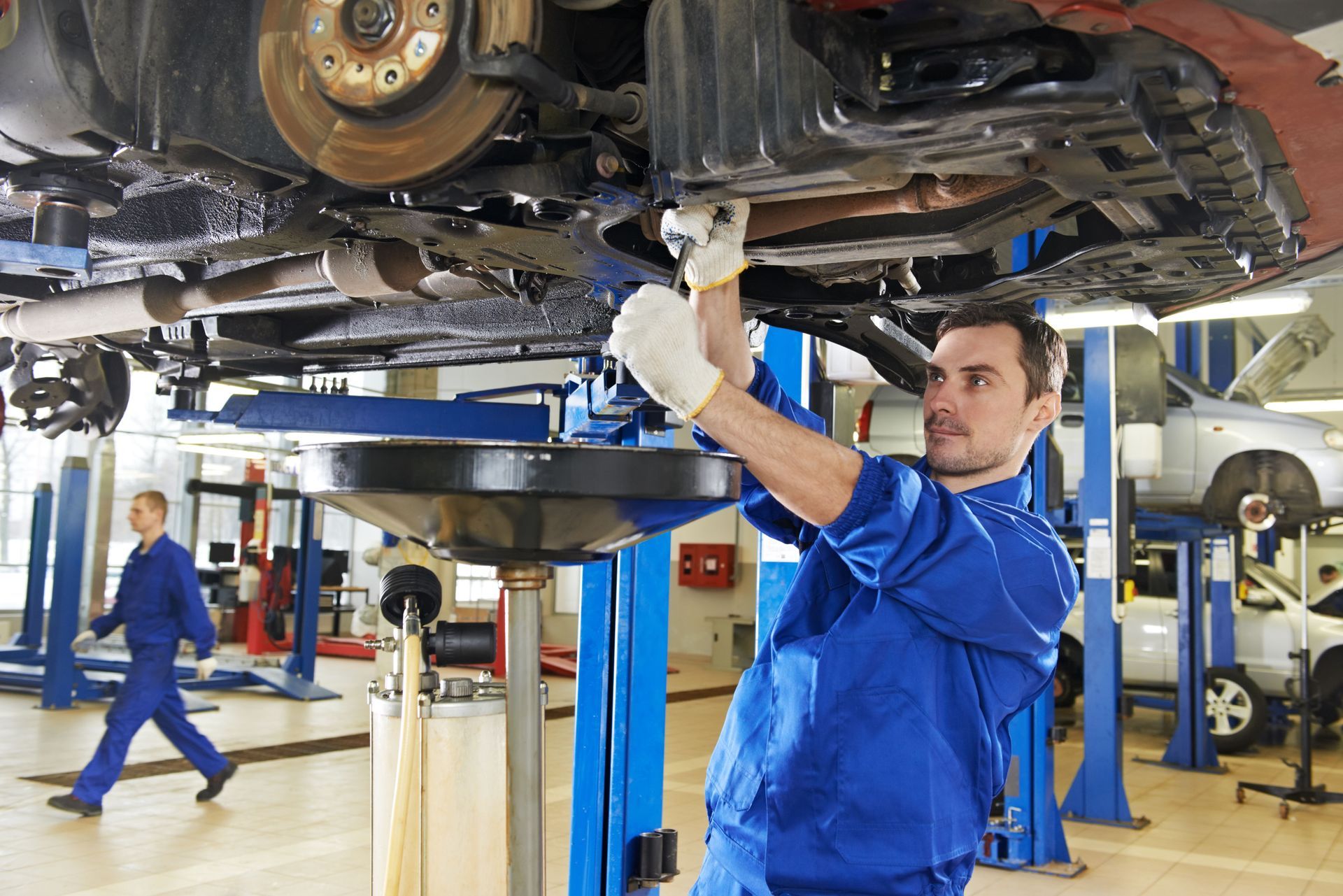October 9, 2025
Visiting an auto repair shop for the first time can feel intimidating, especially if you are unfamiliar with automotive maintenance and repair processes. Understanding what to expect during your initial visit can make the experience far less stressful and much more productive. From preparation to the final inspection, knowing the steps involved allows you to make informed decisions that suit your needs, timeline, and budget.
With the global auto repair market projected to reach $928.56 billion, according to the Business Research Company, the demand for skilled automotive services continues to grow. By approaching your first visit with preparation and awareness, you can ensure your vehicle receives quality care while building a trusting relationship with your repair professionals. The insights you gain will not only help with this first visit but also give you confidence for future maintenance and unexpected repairs.
Prepare Thoroughly Before Your Visit
Preparation is the first step to a successful experience at an auto repair shop. Start by closely observing your vehicle for signs of trouble. Pay attention to dashboard warning lights, unusual noises such as squealing brakes or rattling exhausts, strange smells like burning oil, or any noticeable drop in performance. Keeping a small notebook or using your phone to record these symptoms, along with the conditions under which they occur, ensures that you provide the mechanic with accurate information.
Review your vehicle’s maintenance history. Knowing when the last oil change, tire rotation, or major service occurred helps mechanics pinpoint issues more accurately. Missing this context can lead to unnecessary diagnostics or repairs.
Next, research potential repair shops. Read online reviews, ask friends or family for recommendations, and check for certifications such as ASE (Automotive Service Excellence) credentials or affiliations with industry organizations. Look at the shop’s reputation for transparency, timeliness, and customer service. Comparing pricing and service offerings ensures you choose a shop that meets your needs and budget.
Finally, gather all necessary documentation before arriving. Bring your vehicle registration, insurance papers, VIN, mileage information, and any records of previous maintenance or repairs. Having these documents ready saves time and allows the mechanic to make a precise assessment. Prepare a list of questions to ask your service advisor, covering topics like potential repair options, timelines, estimated costs, warranties, and preventive measures. Well-prepared questions ensure that all your concerns are addressed efficiently.
Arrive Prepared and Communicate Clearly
The first moments at an auto repair shop can set the tone for the rest of your visit. Arriving prepared helps make the process smoother and ensures your concerns are clearly understood. Bring all essential documents, any notes on vehicle issues, and a device or notebook to take notes during discussions.
Your service advisor is your primary point of contact. They will guide the repair process, answer questions, and help you understand shop policies, pricing, and procedures. Discuss labor rates, expected turnaround times, accepted payment methods, and warranty coverage. Establishing clear communication ensures that everyone is on the same page and prevents misunderstandings.
Clearly describing your vehicle’s issues is critical. Mention any unusual sounds, smells, or performance changes, noting when and how they occur. Use your prepared notes to cover all points. The more information the mechanic has upfront, the faster and more accurately they can diagnose the problem, leading to a more efficient repair process.
Understand the Vehicle Inspection Process
A thorough vehicle inspection is essential for identifying problems and prioritizing repairs. Technicians at an auto repair shop perform both visual and functional evaluations of the engine, brakes, suspension, electrical systems, and other critical components. Understanding the inspection process gives you insight into how mechanics diagnose issues and develop repair plans.
Repair shops use a variety of diagnostic tools. Computerized diagnostic systems can detect engine misfires, transmission errors, or emission-related issues. Multimeters measure electrical circuits, while specialized manual tools allow mechanics to assess components like belts, brakes, and suspension. Some inspections include road tests to evaluate performance under real driving conditions.
After identifying issues, mechanics prioritize repairs based on severity. Safety-related problems, such as brake or steering malfunctions, are addressed first. Non-urgent issues are scheduled accordingly, allowing you to balance cost and time commitments. The service advisor will explain the findings clearly, outlining potential causes, necessary repairs, and alternative solutions. Detailed estimates, including parts, labor, and expected completion times, allow you to plan effectively and make informed decisions.
Evaluate Repair Options Carefully
Once the inspection is complete, discussing repair options is crucial for making informed choices. Experienced mechanics provide detailed explanations of recommended services, why they are necessary, and potential consequences if left unaddressed.
Repairs can be divided into short-term fixes and long-term solutions. Short-term repairs restore functionality quickly but may not address the underlying problem. Long-term solutions are more comprehensive, preventing recurrence and potentially saving money in the future. Evaluating both options allows you to balance immediate needs with strategic planning for your vehicle’s longevity.
Negotiating costs is also part of the process. Understanding standard labor and parts rates, asking about discounts or price-matching policies, and maintaining clear communication with your service advisor can help manage expenses without compromising quality. By taking a proactive and informed approach, you can make decisions that protect both your vehicle and your wallet.
Authorize Repairs and Set Clear Expectations
After selecting your preferred repair approach, it’s time to authorize work and confirm expectations. Reviewing the final repair estimate ensures all items, including parts, labor, and fees, are accounted for. Signing authorization documents signals your consent and understanding, protecting both you and the repair shop.
Ask about warranties or guarantees for parts and labor. Knowing what is covered, for how long, and whether follow-up services are included gives you confidence in the quality of work. Discuss payment options upfront, such as upfront payment, installment plans, or credit card arrangements. Confirm how and when the shop will communicate updates, especially if unexpected issues arise. Clear agreements at this stage prevent misunderstandings and streamline the repair process.
Maintaining ongoing communication with your service advisor is important. Regular updates on progress, anticipated completion, or changes in costs ensure that you remain informed and can make timely decisions if additional services are required. Setting these expectations in advance makes the repair experience more predictable and stress-free.
Receive Your Vehicle and Plan Ahead
After repairs are complete, a final inspection ensures all work meets standards. Technicians and service advisors review repairs to confirm that all reported issues have been resolved. Take the opportunity to ask questions, inspect replaced parts if possible, and understand the details of the services performed.
Review completed services and collect documentation, including invoices, warranties, and service records. Maintaining organized records supports future maintenance, warranty claims, and any follow-up inquiries. Settling the invoice according to agreed-upon terms demonstrates satisfaction and closes the visit professionally.
Finally, plan your vehicle’s future maintenance. Discuss upcoming services such as oil changes, brake inspections, and tire rotations, aligning them with recommended intervals. Proactive scheduling helps prevent unexpected breakdowns, prolongs vehicle life, and ensures consistent performance. By taking these steps, your first visit to an auto repair shop becomes a foundation for reliable vehicle care and a trusted relationship with your service provider.
Your first visit to an auto repair shop doesn’t have to be overwhelming. By preparing thoroughly, communicating clearly, understanding the inspection process, evaluating repair options, authorizing services confidently, and planning for future maintenance, you take control of the repair experience. With the global auto repair market projected to reach $928.56 billion, an informed approach ensures your vehicle receives the high-quality care it deserves. Embrace this opportunity to build lasting relationships with trusted professionals, and maintain your vehicle’s reliability and performance for years to come. For expert automotive service you can trust, schedule your next visit with Intermaco Auto Service today.


